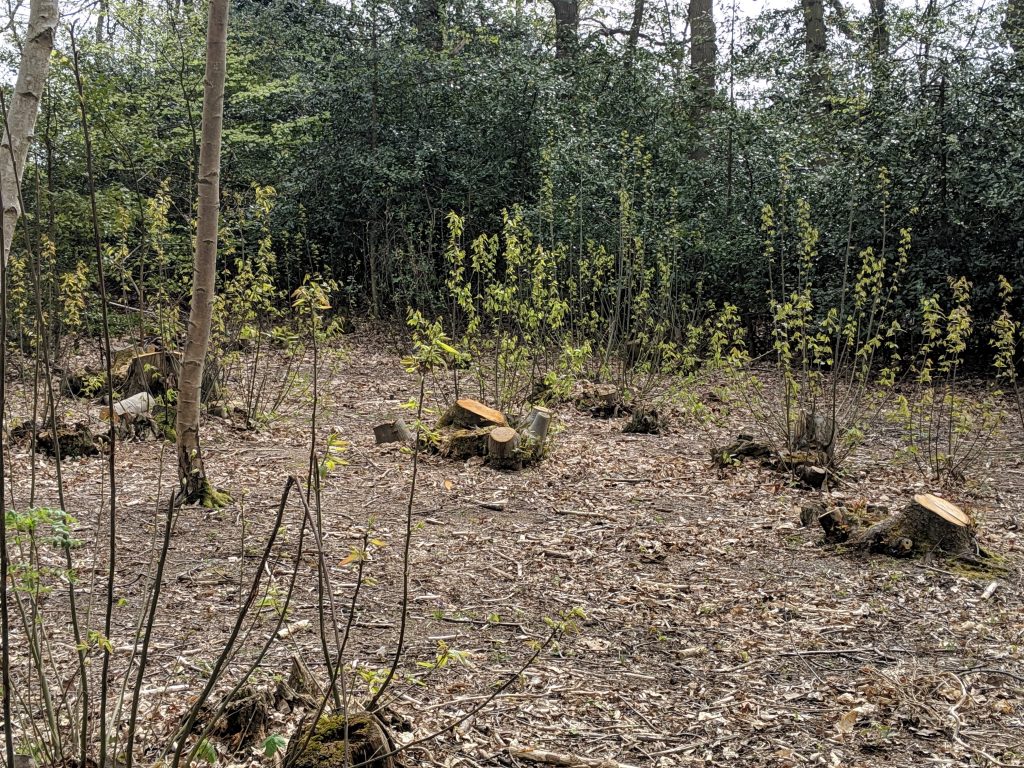

#COPPICE WOODLAND MANAGEMENT FULL SIZE#
These are examples of ‘stored coppice’, where two or more poles are selected to grow on to full size to produce timber. Some of these are today’s veterans, a rank joined by the hundreds of large twin-stemmed alders, oaks and sweet chestnuts found scattered throughout the Woods.

In Ecclesall Woods it was usual to grow coppice interspersed with ‘standards’ or trees, usually oak or ash, which were grown to full size for their timber value. Stored twin-stem oak coppice in Wood 3 © Fran Halsall Coppice with standards Records from the Woods, dating back to the 1700s, indicate that harvests took place every 20 – 25 years. Coppicing needs to take place regularly as a ‘lapsed coppice’, a tree allowed to regrow for many decades, may be vulnerable to infection when recut. Poles are harvested on a cyclical basis, the length of which depends on the species. New shoots resprout from the stool and a certain number are selected to grow on, producing long straight ‘poles’ with many uses. The coppicing process begins when a young tree is cut back so only the stump or ‘stool’ remains.

A hazel normally lives for around 70 years when coppiced it could reach 300. The process ensures a steady supply of wood and actually prolongs a tree’s natural lifespan. Known as ‘small wood’, coppiced material was the mainstay of the industry here from the 1600 until the early 1800s. Coppicing created the multitude of twin and multi-stem trees that are found throughout the Woods. Coppicingįrom the early 14th century until the mid-19th century Ecclesall Woods were known as a ‘spring wood’, a name given to coppiced woodland. These compartments were rented out for all manner of woodland industries and the legacy from all these different types of management define the Woods’ present day character. The Woods were previously divided into numerous individual named woods, ranging in size from 2 to 18 hectares. Many people once made their living in Ecclesall Woods, as it was a rich food source – for both people and livestock – and provided firewood, charcoal, and the materials for building and for making tools. Coppicing a hazel stool © Nadine Grundy/ Green Fox Wild Crafts A working woodlandĪrchaeological evidence reveals that woodland management of one form or another has taken place on this site for thousands of years.


 0 kommentar(er)
0 kommentar(er)
